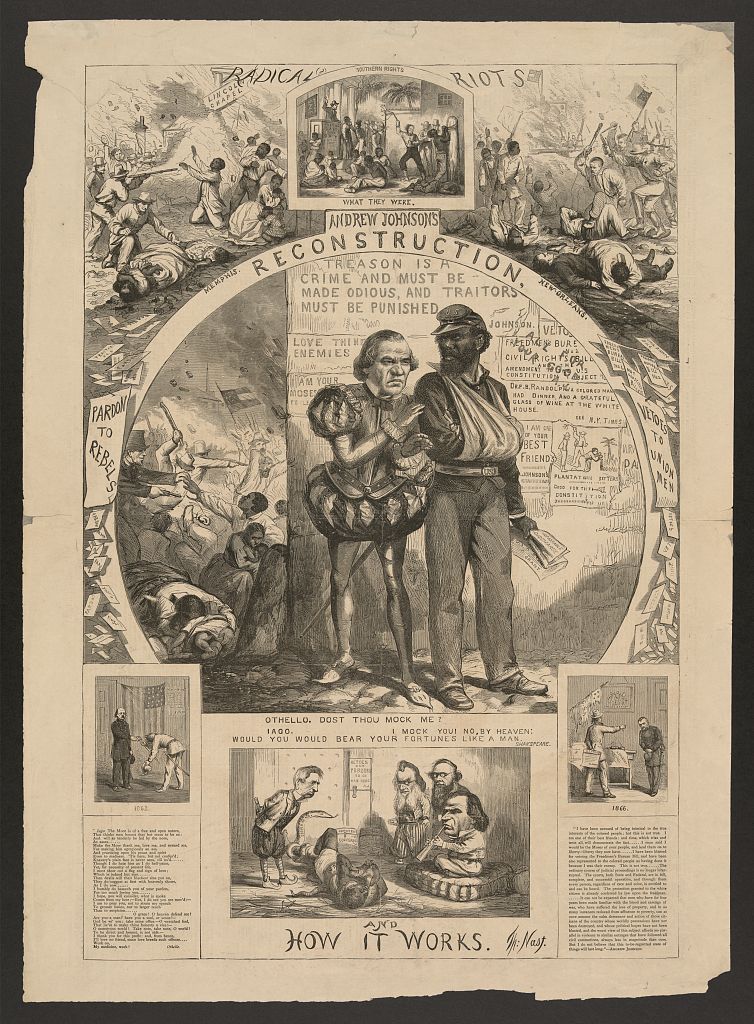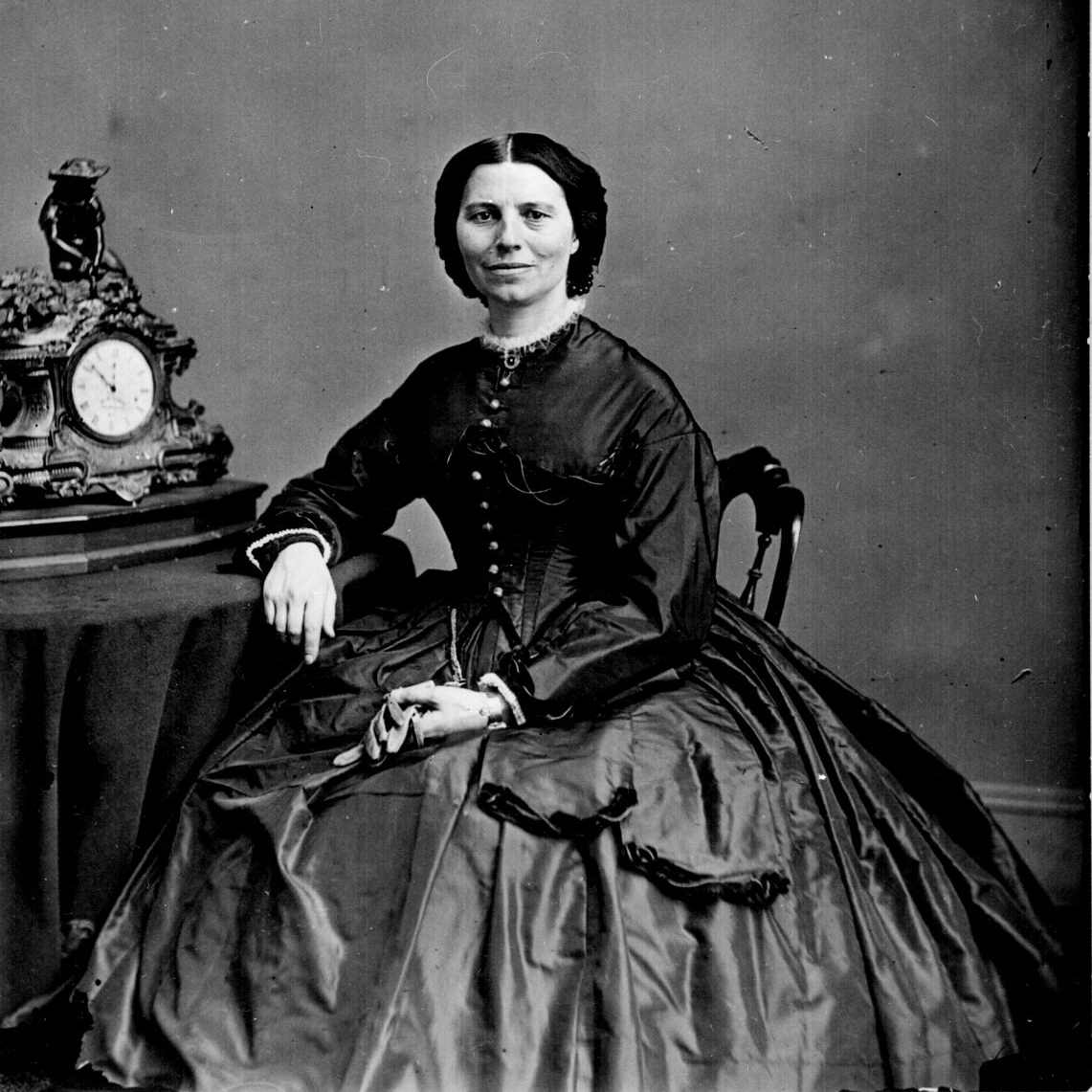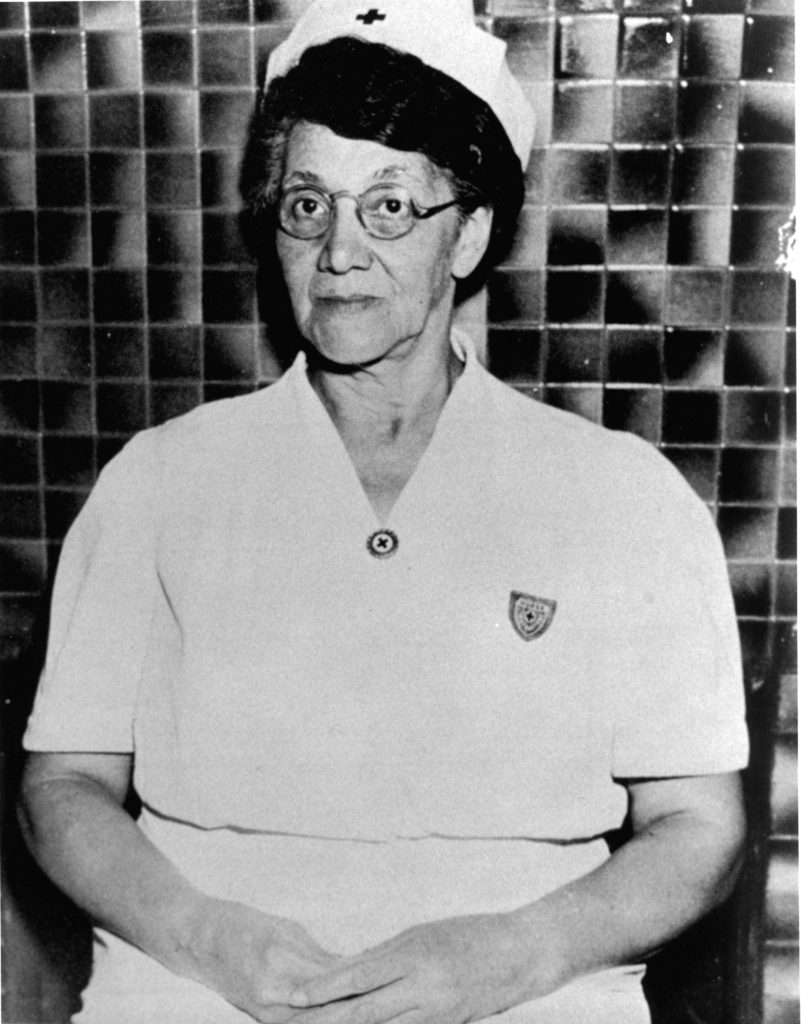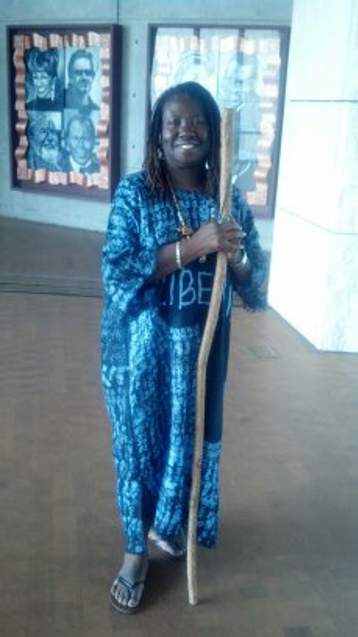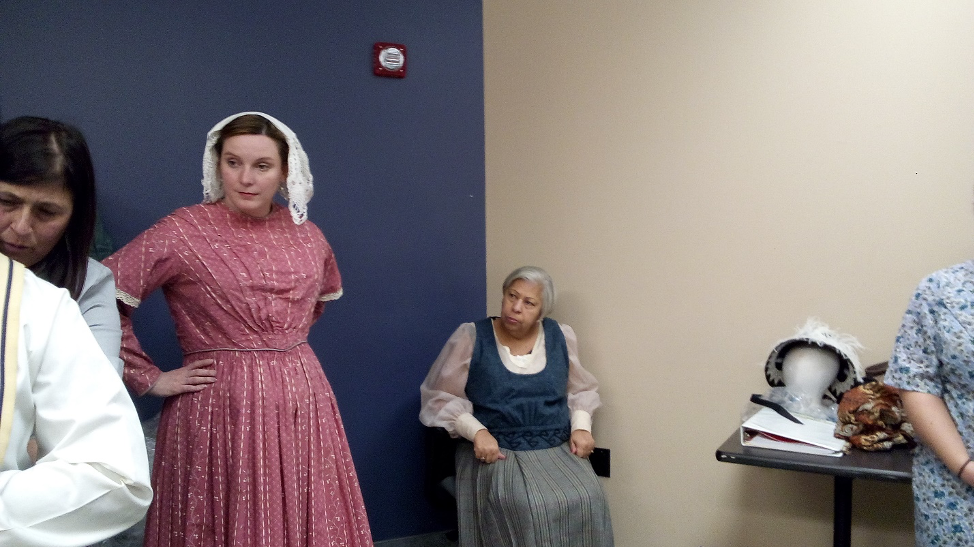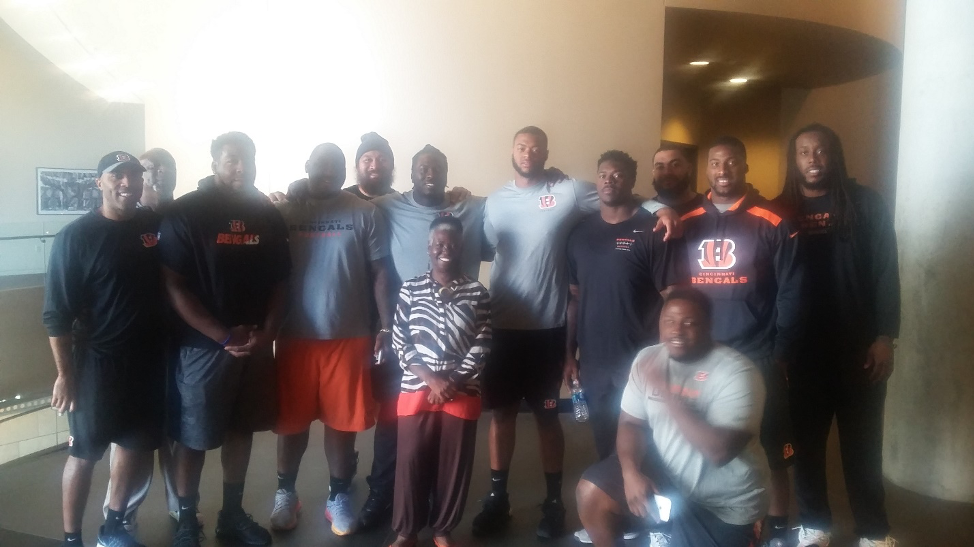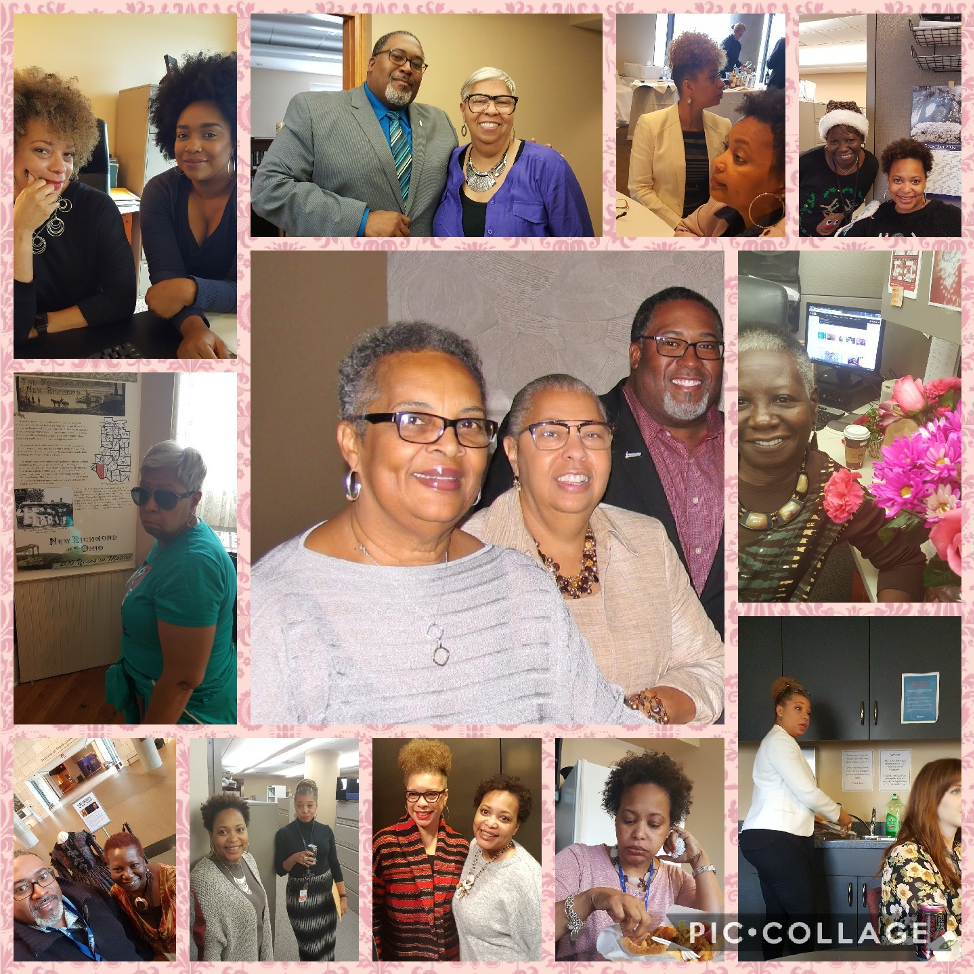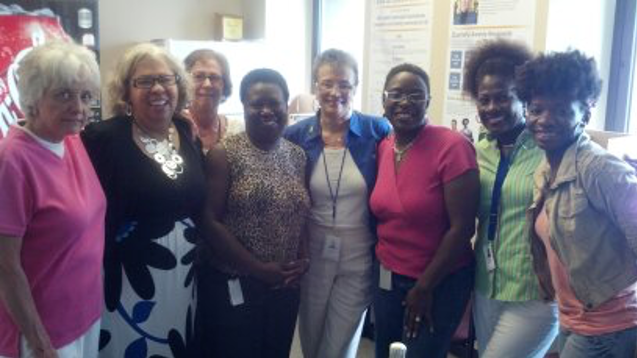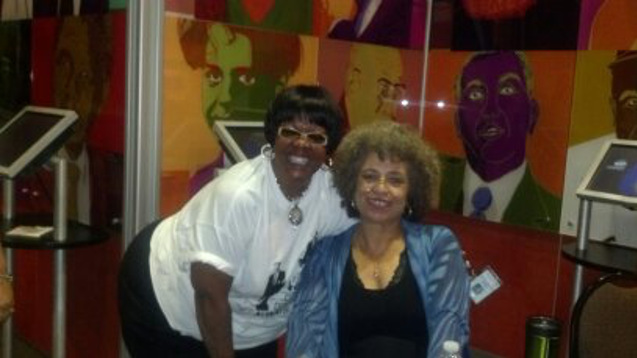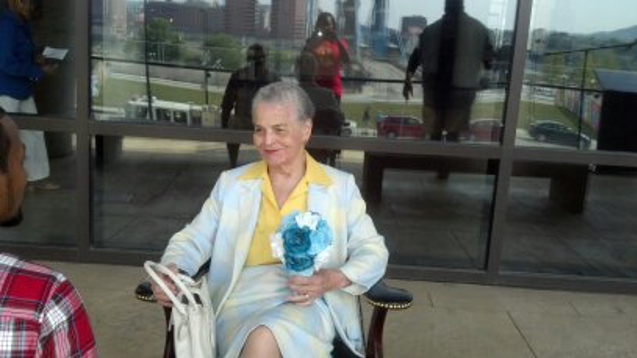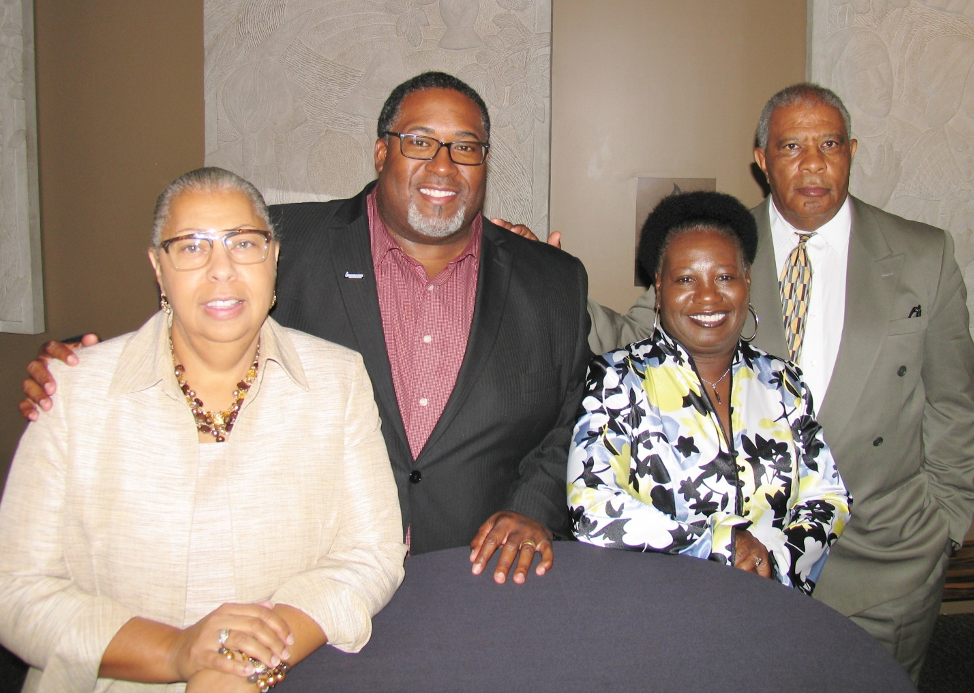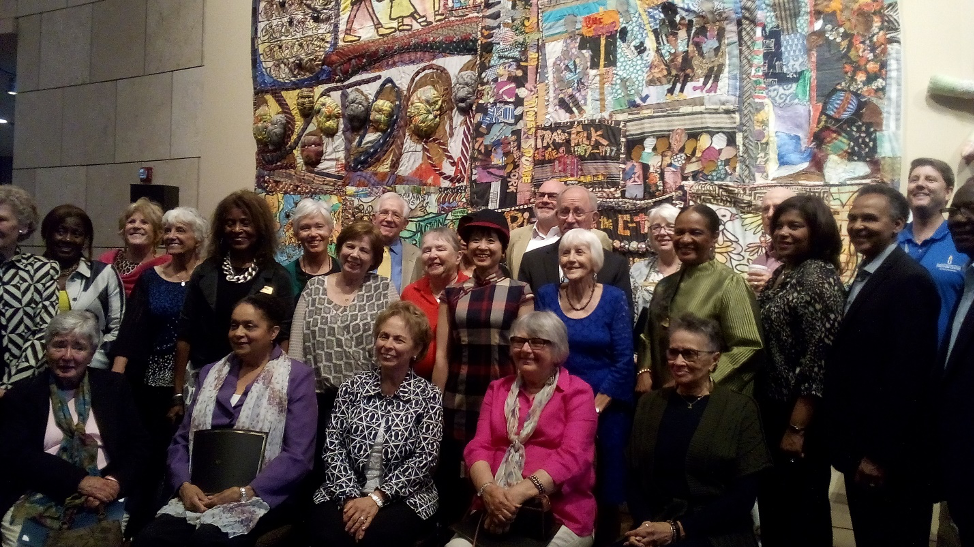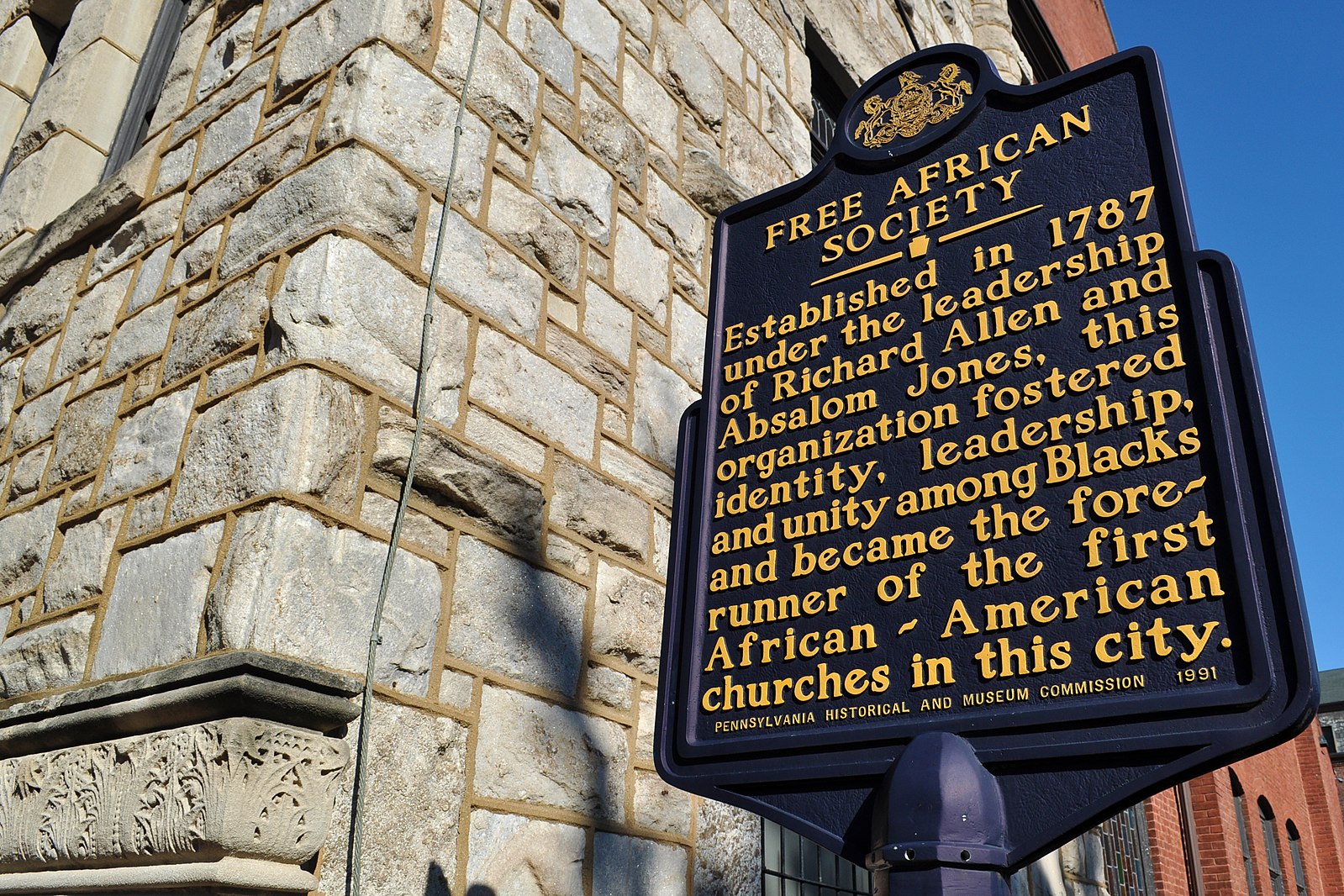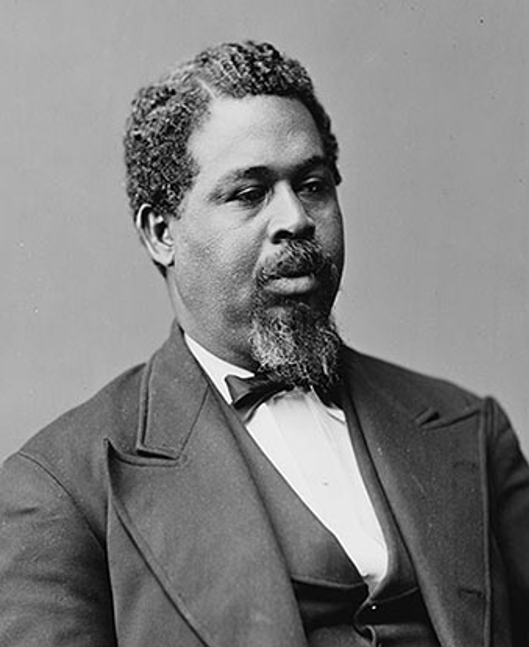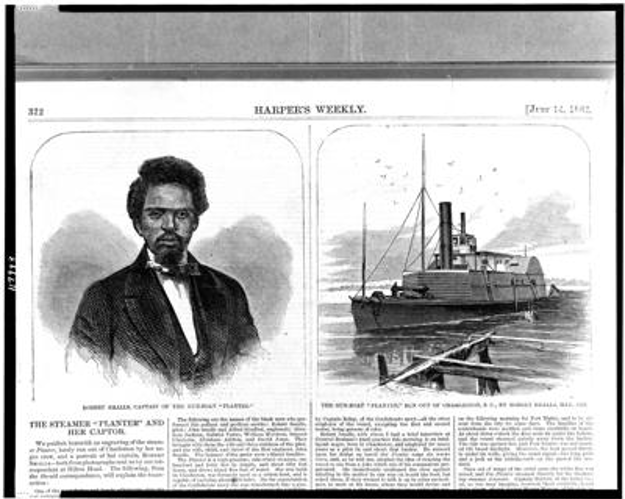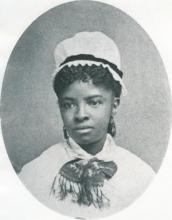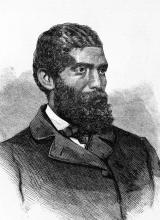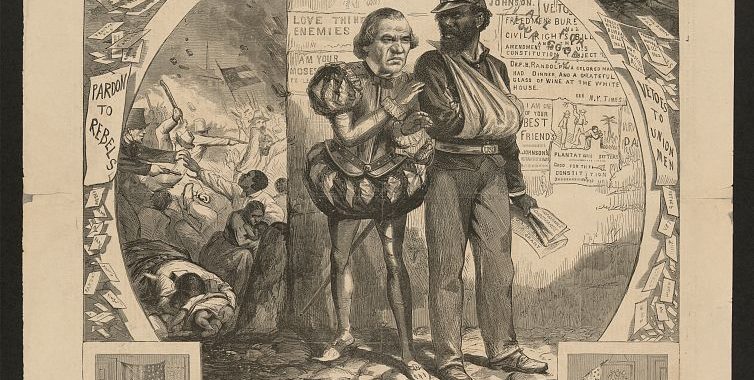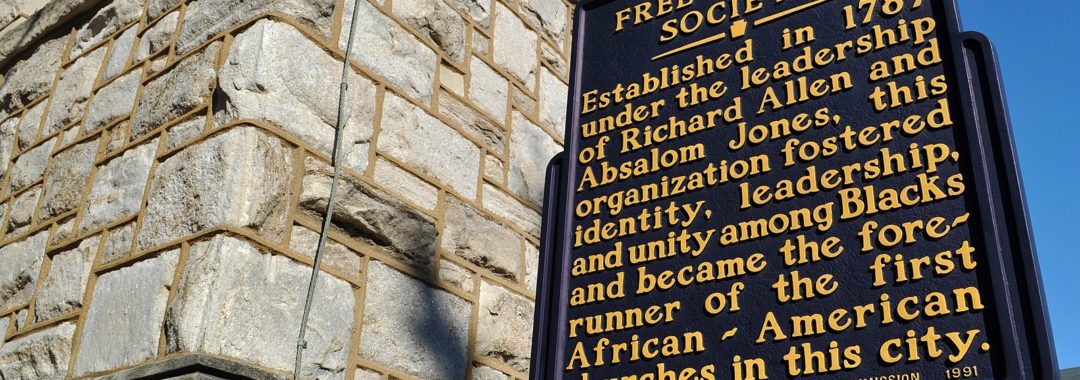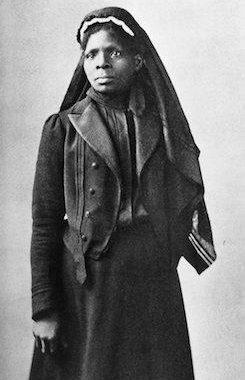Susie was born August 5, 1848, the oldest of nine children to Hagar Ann Reed and Raymond Baker in Liberty County Georgia. She was deemed property, as she was born on the Grest Plantation. Even though she and her family were enslaved, the Grest seemed to not follow the norm of being cruel owners. At the age of seven, Susie and one of her brothers were allowed to live with her grandmother who was a free woman in Savanah, Georgia. Now, this is where the story gets interesting. Her grandmother, Dolly Reed, was an entrepreneur in her own right. She worked for herself as a laundress, cleaning lady and every three months would travel to visit her daughter on the Grest Plantation. She didn’t come alone--she would bring bacon, flour, sugar and other products to sell on her journey. When ready to depart, she returned with chickens and eggs to sell at home. Grandma Dolly was also a healer, meaning she would go into the woods and pick plants, roots and tree bark to make medicine, and she taught this tradition to Susie.
One thing Susie’s grandmother lacked was the ability to read and write. Grandma Dolly knew how important it was to learn. So, when Susie and her brother came to live with her, she sent them to school. This wasn’t a school like we know today. No, this school was hidden in plain sight. The school was at the home of Mrs. Woodhouse, and she taught any kid in the neighborhood that wanted to learn. The kids wrapped their books in paper so that everyone who didn’t know would think Mrs. Woodhouse was only teaching the children the proper way to work as domestic help. After Mrs. Woodhouse taught Susie everything she knew, Grandma Dolly found two other teachers for Susie, both white students who agreed to teach Susie as long as their parents didn’t find out.
April 1862 brought the Civil War, with South Carolina being the first state to secede. Once Union troops captured Fort Pulaski, enslaved African Americans began to escape to freedom. Susie’s uncle was among the ones looking to take his family, Susie went along. Let me just state without going into a lot of detail, her escape wasn’t pleasant. They had a lot of obstacles to cross before finally reaching St. Catherine Island, then leaving by boat to their destination, St. Simon’s Island. While aboard ship, she met Captain Whitmore. Talking with him revealed her ability to read and write, she felt she could trust him with her secret. Once they reached the Island, Captain Whitmore revealed her abilities and this led to Susie becoming a teacher. She taught over 40 children by day and a number of adults by night that wanted to learn.
The next big change that came in Susie’s life was the construction of the first black regiment. The First South Carolina Volunteers was formed on November 7th 1862 under the leadership of white Commander Colonel Thomas Wentworth Hissinson. The reason I mention ‘volunteers’ in the name is because even though they fought and laid down their lives for freedom, none of them were paid a wage because of the color of their skin. Commander Hissinson fought for them to get paid, but his words and writing fell on deaf ears and payment for their service was never received. The regiment name was later changed to 33rd United States Colored Infantry Regiment.
The war brought another killer into the camps besides fighting. It came here by way of England over 100 years earlier. There was a way to get rid of this killer, but people became afraid of the cure. The killer was a virus called Smallpox. Even though there was a vaccination for smallpox, most states outlawed the vaccination for fear the vaccine itself would spread the virus. Because of this action, the virus was allowed to spread. The outbreak spread in the camps since almost all of the troops had never been vaccinated. Smallpox caused skin lesions that left deep scars. It also caused fever, vomiting and often death. Many, many people died from smallpox.
There was an outbreak of smallpox in Susie’s regiment, which led her to become a nurse. This is also where her “healer” abilities came in. One of the important plants that her Grandma Dolly taught her to use as medicine was sassafras. It was used to purify the blood and reduce joint inflammation. Susie wasn’t afraid of smallpox because she remembered this lesson. She brewed and drank a lot of sassafras tea on a regular basis, believing that purifying the blood would prevent her from catching this virus. She treated the men and never sickened with smallpox.
As a nurse in South Carolina, Susie also met and worked beside Clara Barton, who later became the founder of the American Red Cross. The 33rd Colored Infantry regiment is also where she met and married Sergeant Edward King. Together they served until they were no longer needed in 1866 and later had a son. After the war, she and Edward moved back to Savannah where she open up a private school. Unfortunately, Edward died soon after and public schools opened in her area. Her private school venture failed and Susie had to find work as a domestic servant. She eventually moved to Boston in 1872, where she met and married Russell Taylor. She spent the rest of her life working at Woman’s Relief Corps, a national organization for female Civil War veterans.
Mrs. Susie King Taylor was a teacher, nurse, wife and mother who had a remarkable life. She lived in a period where women were treated as second class citizens, and African American women treated even worse. Through all the pain suffered, Susie persevered.
Just as Susie battled smallpox, today our doctors and nurses are facing another deadly virus. As we go through this crisis together, let us not forget the many women and men who stand in the face of danger, many without proper protection, to help those who are suffering today from COVID-19. As we sit at home, upset because our lives have changed, think about those now who have placed their lives in danger and let us all persevere together.
---
Novella Nimmo
Education Coordinator
National Underground Railroad Freedom Center
